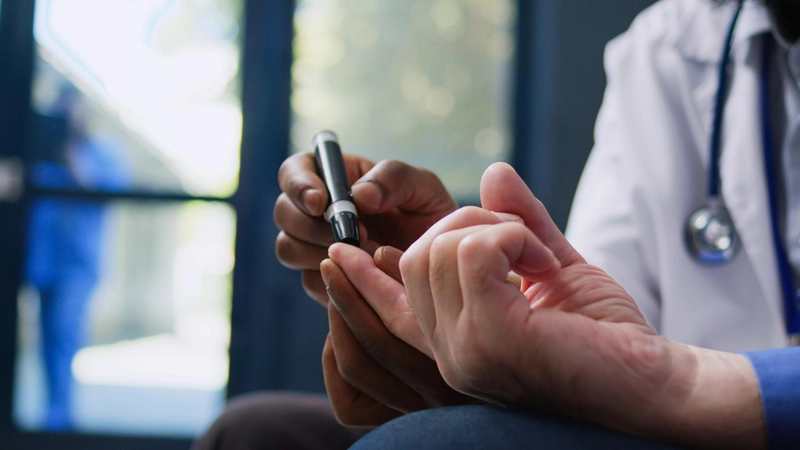- Published on: Apr 04, 2020
- 2 minute read
- By: Raj Dwivedi
Problems With Detecting The Novel Coronavirus (COVID-19) (1)
The Novel Coronavirus Disease has been in the public eye for almost two months now, and a lot has been happening behind the scenes to understand this new outbreak. Several organizations have been working together with the World Health Organization and Officials from China to understand the symptoms and how the virus causes the disease, track the number of people infected by the virus and put in place public health measures to adequately mitigate the potential dangers this disease can bring with it. In this post we will discuss the new updates to the Coronavirus Disease 2019 (COVID-19).
IDENTIFYING COVID-19
As of 17 February, there have been 70, 365 confirmed cases of COVID-19 in China, with 1772 deaths, which gives it an estimated fatality rate of 2.5%. Now whilst these are official figures, the actual estimate may differ from this. This is because the areas that have been heavily affected especially the Hubei region, have had shortages of coronavirus testing kits, with demands far outstripping supply. Testing is required to not only identify patients for treatment but also for isolation and quarantine. This is a key step in preventing the rapid spread of disease amongst the population. Understanding the spread of a new disease also helps scientists create accurate disease models that can determine the infectivity, morbidity and mortality of COVID-19, and predict where the infection may strike next. The government authorities can use this information to prepare the surrounding regions, and ensure the impact of the disease is lessened.
Current testing requires swabs to be taken from the patients mouth and throat. This sample is then sent to laboratories, where the viral DNA is replicated in order to identify whether this DNA is from the coronavirus. Unfortunately, this is expensive, uses lots of reagents and can take two days. Even with laboratories working round the clock, running 6,000 tests a day, the workload is outstripping the health departments capacity. This leaves a large population of the Hubei Province with symptoms suggestive of COVID-19 but with no way to formally diagnose the disease. There may be a significant under-reporting of cases simply because capacity does not exist to test everyone, and the disease burden may be considerably higher.
INNOVATION IN RESPONSE
In response to this doctors have started using CT scans to identify potentially infected patients. CT scans are a quick, non-invasive and readily available. By looking for lesions and signs of pneumonia in the patients lungs. Whilst this negates the need for testing strips, lesions are a fairly late sign of COVID-19, and so this method is not suitable for those who have recently been infected or have not yet shown these symptoms. In the Hubei Province however, with the drastic shortage of testing kits, clinical and radiological diagnosis is now being used to increase the rate of detection.
Manufacturers are also struggling to increase output of testing kits and reagents to match this demand, and the race is on to develop new rapid testing kits. Beijing has approved seven Biopharmaceutical companies to push forward with fast track development of testing kits. Liferiver, a Shanghai based biotech company, took just 20 days from development of its kit to launch. This process normally takes 3 years. China’s Nankai University announced on Monday a breakthrough in developing a rapid test kit that can identify infection among suspected patients within 15 minutes.
And it’s not just Chinese companies — a Singapore based biotech company has announced a portable kit that can detect the novel coronavirus as well as similar viruses responsible for MERS and SARS in a single 2 hour test. These innovations represent a massive step forward in identifying infected patients early in order to provide them the necessary treatment, and in accurately tracking the spread of the disease.










